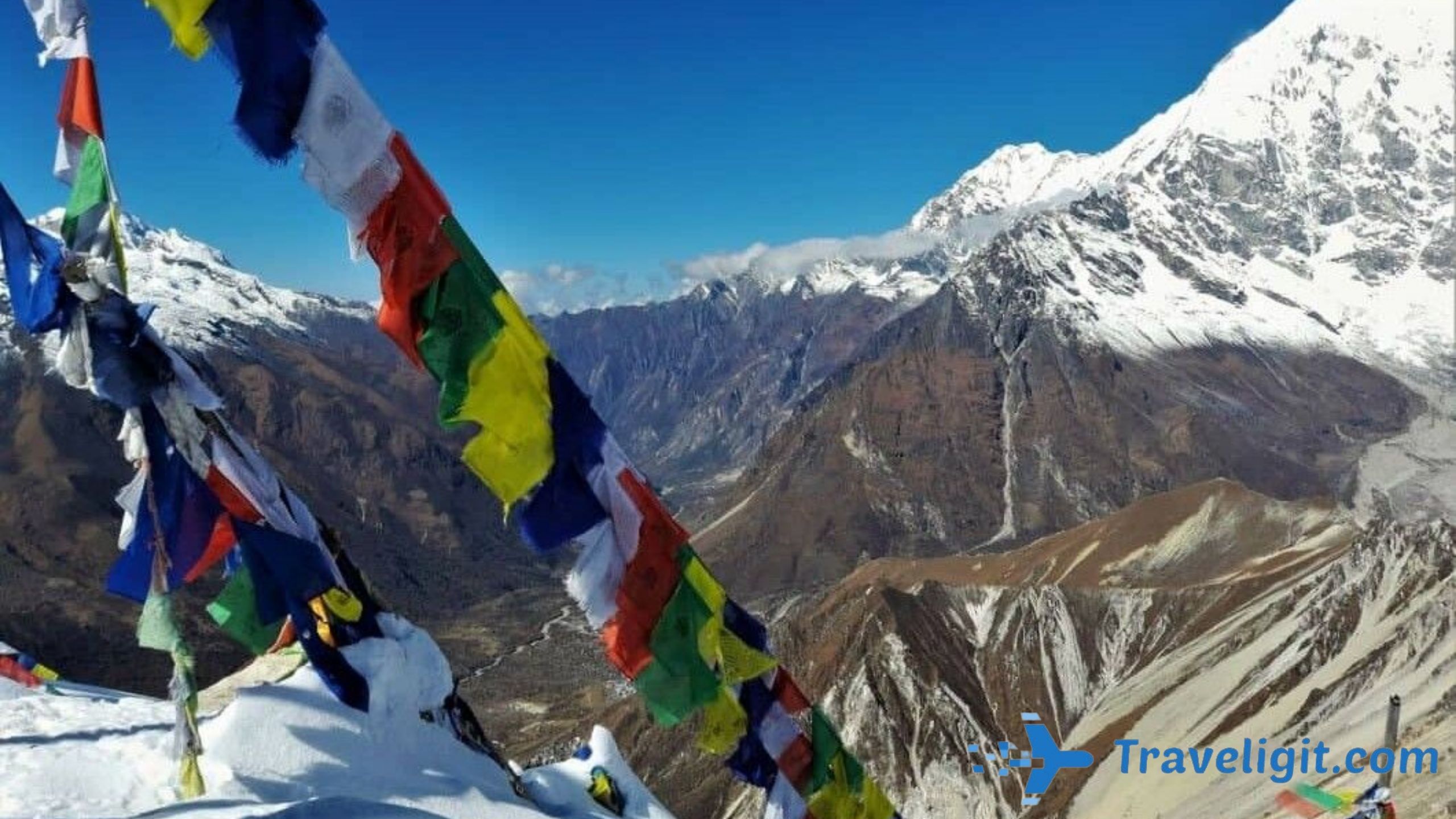SKI RESORTS IN THE HIMALAYAS HAVE A SEVERE LACK OF SNOW

SKI RESORTS IN THE HIMALAYAS HAVE A SEVERE LACK OF SNOW
Winter in the Himalayas should bring a thick snow cover. However, Gulmarg, one of the world’s highest ski resorts (2,650 to 3,980 meters above sea level) located in Kashmir, India, is eagerly awaiting the thousands of tourists it normally receives.
The usual dust that covers the area this year is missing. Mountain slopes are brown and bare, which experts say is an unusual weather pattern linked to global warming.
Lack of snow is affecting the ski industry and disrupting agriculture, the mainstay of the economy in Indian Kashmir.
80% less rain than previous years
The ski lifts and rental shops are closed, and a new ice rink resembles a swimming pool. The drought period currently observed is an extreme weather event that is expected to become more intense and frequent.
Separatist insurgency continued in the region for decades. Military operations suppressed this, ultimately costing the lives of tens of thousands of civilians, soldiers, and rebels. After the rebellion ended, India encouraged tourism to these beautiful mountain views.
However, due to lack of snow, tourism in Gulmarg suffered a major setback and hotel bookings fell by 75 percent. As a result, hundreds of guides and snowmobilers are currently unemployed and waiting for work.
The weather service said the region has seen a significant decrease in precipitation this year and temperatures have been an average of six degrees Celsius warmer than normal since last fall. Kashmir witnessed a significant drop in rainfall last month, 80% less than previous years. The rare snowfall in Gulmarg melted away in a short time.
The trees bloom two months ago.
According to its 2020 report, India’s Ministry of Earth Sciences predicted that global warming will have serious consequences for the Himalayas and Kashmir. Temperatures are 1.45 degrees Celsius higher than pre-industrial levels.
The effects of climate change are already visible in Kashmir; The once beautiful Gulmarg landscape is now brown and dull. This led to a decline in the ski industry and raised concerns among locals about possible water shortages, which could be devastating for the agricultural sector. Meteorologist Shakeel Romshu warned that Kashmir will experience more frequent and longer droughts in the future.






